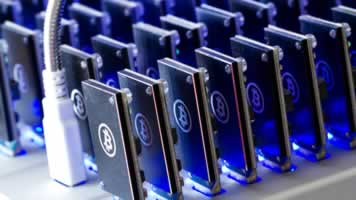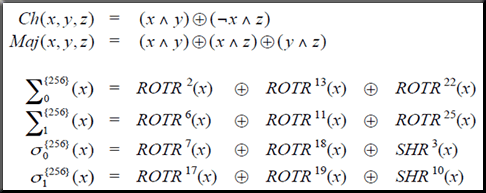If you are familiar with the increasingly popular crypto-currency known as Bitcoin, you’ve probably heard of Bitcoin “mining.” Given that Bitcoin exists as computer software over the Internet, how exactly can “one” mine for Bitcoin? The answer is that mining isn’t simply a way to gain some extra money, it’s the very foundation of how Bitcoin works. Through mining, the supply of Bitcoin is continuously increased and the Bitcoin economy is expanded. Understanding how mining works is crucial to understanding how Bitcoin itself works.
Bitcoin Mining Simplified
Like the U.S. dollar and other traditional currencies, Bitcoin is a flat currency, not tied to the supply of a finite resource such as gold. Countries that utilize flat currencies increase the supply of money and control the economy by printing off more money whenever the need arises.
However, because Bitcoin is not regulated by a government or central authority (and Bitcoin does not exist in physical form), this method of currency supply expansion is not possible. Instead, the Bitcoin supply is expanded through mining.

Mining works by collecting records of all Bitcoin transactions made in a certain period into a unit called a “block.” These blocks are gathered into larger sets of blocks called “block chains,” effectively a ledger of all Bitcoin transactions made globally during a particular period. Bitcoin mining is the process of using computer processing power to convert blocks into hashes with a mathematical formula, a method of ensuring the validity of the transactions in each block and keeping the ledger from being tampered with. Each block’s hash is produced in part by using the hash of the block preceding it in the chain, meaning that anyone who attempts to tamper with a hash will be discovered almost instantly.
Making Money with Bitcoin Mining
It’s possible to earn Bitcoins merely through the mining process. Using specially designed mining software, Bitcoin miners compete with each other to mine blocks, and every time a miner completes a hash, they are rewarded with a set number of Bitcoins.

To prevent miners from exhausting block chains quickly, the Bitcoin network requires that each miner produce proof of work in order to receive a hash reward. This proof comes in the form of the way the hash itself looks; only the miner whose hash looks exactly the way the Bitcoin network wants it to look receives the reward. To do this, miners utilize pieces of data known as “nonces” to create hashes; if the hash isn’t right, the nonce is changed and the process begins again.
Conclusion
While no longer as easy as it used to be, there is still good money to be made mining Bitcoins. If you know how the system works, you can earn money solely by using your computer’s unused processing power, with little to no work on your part.
This video was published in May 2013 by Jay Busch.
